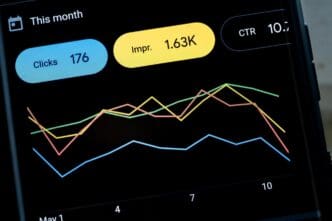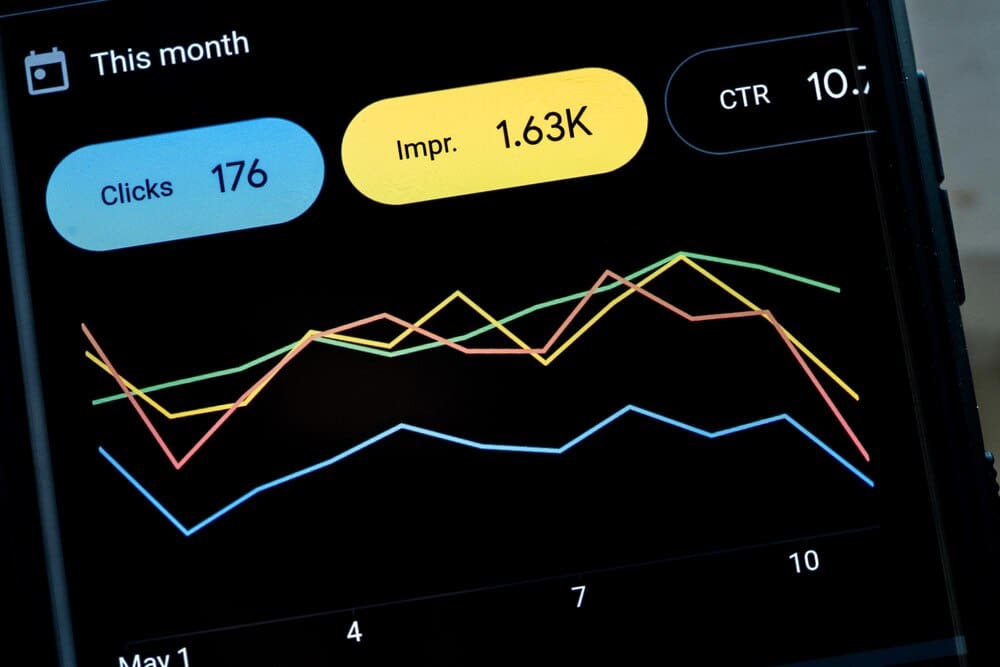Businesses of all sizes are now leveraging a new generation of artificial intelligence tools to conduct market research with unprecedented speed, depth, and accuracy. This transformative shift, accelerating rapidly in the post-generative AI boom, is moving market research from the slow, costly methods of traditional surveys and focus groups to the dynamic, real-time analysis of vast digital datasets. These AI platforms are democratizing access to sophisticated consumer insights, enabling companies to understand market trends, competitive landscapes, and customer sentiment faster and more cost-effectively than ever before, fundamentally reshaping how strategic business decisions are made.
Why AI is a Game-Changer for Market Research
For decades, market research has been a laborious process. Traditional methods, while valuable, are often slow to execute, expensive to scale, and limited by relatively small sample sizes. A national survey or a series of focus groups can take weeks or months to plan, execute, and analyze, by which time the market may have already shifted.
Furthermore, these methods can be susceptible to various biases. The way questions are worded can influence responses, and the artificial setting of a focus group may not reflect how consumers truly behave in their natural environment. The resulting data, while rich in qualitative detail, is often difficult to quantify and project onto a larger population.
Artificial intelligence directly addresses these core limitations. By harnessing technologies like Natural Language Processing (NLP), machine learning, and computer vision, AI platforms can ingest and analyze massive volumes of unstructured data from across the internet—including social media posts, product reviews, news articles, and forum discussions—in mere minutes.
This capability provides a scale of analysis that was previously unimaginable. Instead of relying on the opinions of a few hundred survey respondents, a company can now analyze the authentic, unsolicited opinions of millions of consumers. This brings a new level of speed, objectivity, and real-time relevance to the process of understanding the market.
Key Categories of AI-Powered Research Tools
The market for AI research tools is expanding rapidly, with platforms specializing in different types of data and analysis. Understanding these categories is the first step for any business looking to harness their power.
AI-Powered Survey and Feedback Analysis
One of the most immediate applications of AI is in supercharging existing research methods. Tools in this category focus on analyzing the open-ended text responses from surveys, customer support tickets, and online reviews. Instead of a human analyst manually reading and coding thousands of comments, AI can do it automatically.
Platforms like Thematic and the AI features within Qualtrics XM and SurveyMonkey use NLP to identify recurring themes, track sentiment, and quantify qualitative feedback. This allows businesses to quickly understand the primary drivers behind their Net Promoter Score (NPS) or pinpoint the most common feature requests from customer feedback channels.
Social Listening and Sentiment Analysis Platforms
This is perhaps the most well-known category of AI market research tools. Platforms like Brandwatch, Talkwalker, and Sprout Social continuously monitor the web and social media for mentions of specific keywords, brands, or products.
Their AI engines go beyond simple keyword matching. They analyze the context of each mention to determine sentiment (positive, negative, or neutral), identify emerging trends, and even detect sarcasm or irony. This provides a real-time dashboard of brand health, alerts companies to potential PR crises, and offers a direct window into competitor strategies and customer pain points.
Generative AI for Insight Synthesis and Ideation
The rise of Large Language Models (LLMs) like those powering ChatGPT and Google’s Gemini has introduced a powerful new tool for researchers. These generative AI platforms can act as research assistants, capable of synthesizing vast amounts of information into concise summaries.
Specialized platforms like Yabble are built specifically for this purpose, allowing a researcher to “chat” with their data. You can upload multiple reports—survey results, focus group transcripts, sales data—and ask the AI to generate key findings, create detailed customer personas based on the data, or even brainstorm potential marketing campaigns targeting a specific segment.
Predictive Analytics and Trend Forecasting
Moving beyond analyzing the present, some AI tools focus on predicting the future. These platforms use machine learning models to analyze historical data, search trends, and market signals to forecast future consumer behavior and identify nascent trends before they hit the mainstream.
Tools like Exploding Topics specifically scan the internet to find topics and products that are in the early stages of explosive growth. Business intelligence platforms like Tableau and Microsoft Power BI are also integrating sophisticated AI features that allow users to run predictive models on their own sales and customer data to forecast demand and identify at-risk customers.
A Closer Look at Leading Platforms
While the categories provide a useful framework, the true power of these tools is best understood through specific examples of how they are applied.
For Comprehensive Social Intelligence: Brandwatch
Brandwatch stands out as a leader in the consumer intelligence space. It combines a massive dataset of public online conversations with powerful AI analytics. Its platform uses deep learning for highly accurate sentiment analysis and computer vision to identify brand logos and products within images, even when the brand isn’t mentioned in the text.
A powerful use case involves product launches. A consumer-packaged goods company can use Brandwatch to monitor real-time reactions to a new snack food. The AI might flag a cluster of negative conversations on Twitter and Reddit, identifying a common complaint about the packaging being difficult to open. This early warning allows the brand to address the issue before it escalates into a major problem, a feat impossible with traditional post-launch surveys.
For Democratizing Qualitative Analysis: Thematic
Thematic is designed to solve one of the most tedious tasks in research: making sense of unstructured text. Its core strength is its AI-powered thematic analysis engine. A company can connect data sources like Zendesk, SurveyMonkey, and app store reviews, and Thematic’s AI will automatically read, code, and group all the feedback into a clear, explorable hierarchy of themes.
Imagine a software-as-a-service (SaaS) company struggling to understand why its customer satisfaction scores are dropping. By feeding all their support chats and survey comments into Thematic, they might discover that “difficulties with third-party integrations” is a major, recurring theme among dissatisfied users. This specific, data-backed insight is far more actionable than a simple low score, directly informing the product development roadmap.
For Rapid Insight Generation: Yabble
Yabble represents the cutting edge of generative AI for market research. It is built to be an “insights engine” that drastically reduces the time from data collection to reporting. A marketing manager can upload disparate data sources—a quantitative survey file, interview transcripts, and social media data—into the platform.
They can then simply ask questions in plain English, such as, “Summarize the top 5 reasons why customers under 30 are choosing our competitor” or “Create a detailed persona of our most loyal customer segment based on this data.” The platform’s generative AI synthesizes the information from all sources and provides a coherent, referenced answer in seconds, complete with supporting quotes and data points.
How to Integrate AI into Your Research Workflow
Adopting these powerful tools requires more than just a software subscription; it requires a strategic shift in how research is approached.
Start with a Clear Question
The most common mistake is adopting a tool without a clear business problem to solve. Before evaluating platforms, define the question you need to answer. Are you trying to reduce customer churn? Understand brand perception? Identify new product opportunities? A clear objective will guide you to the right type of tool.
Combine AI with Human Expertise
It is crucial to view AI as a powerful assistant, not a replacement for human researchers. AI is brilliant at finding patterns, correlations, and themes at scale—the “what.” However, human intelligence is still essential for understanding the nuanced context, cultural subtleties, and strategic implications—the “so what.” The best results come from a partnership where AI handles the heavy lifting of data processing, freeing up human experts to focus on interpretation and strategy.
Prioritize Data Quality and Ethics
The principle of “garbage in, garbage out” is paramount in AI. The insights generated are only as good as the data they are trained on. Ensure your data sources are clean and relevant. Furthermore, as you leverage public data, always be mindful of ethical considerations and privacy regulations like GDPR and CCPA. The goal is to understand consumer segments, not to infringe on individual privacy.
The Future is Intelligent and Insight-Driven
The integration of artificial intelligence into market research is no longer a futuristic concept but a present-day competitive necessity. These tools are breaking down the traditional barriers of time, cost, and scale, allowing businesses to build a deeper and more dynamic understanding of their customers and markets. The companies that will thrive in the coming decade will be those that successfully merge the analytical power of AI with the strategic curiosity of human insight, creating a continuous loop of learning and adaptation.








